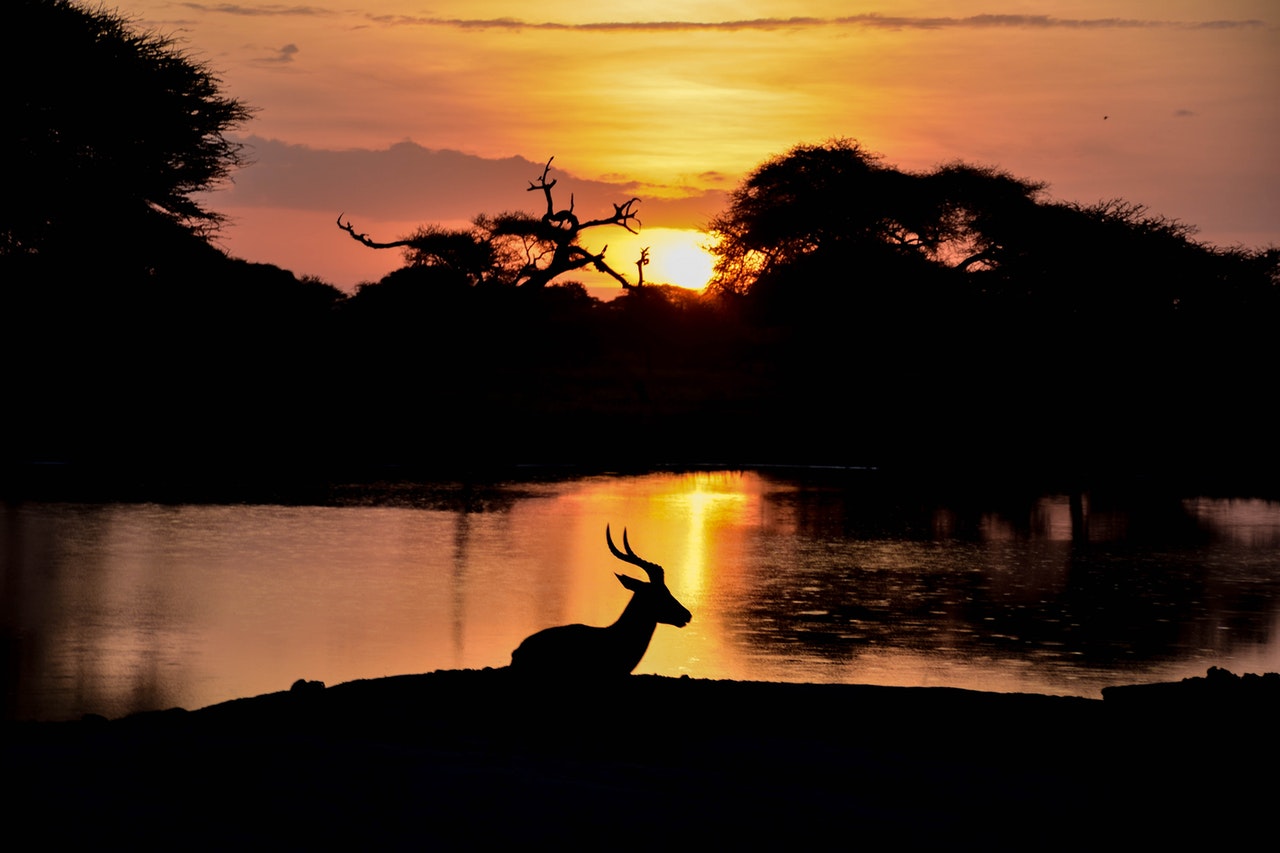I want to mention a couple of articles that appear in today’s New York Times. But let me start by saying that one of the things I find annoying about the way in which climate change is often talked about, is we need to stop compartmentalizing environmental issues. We need to view what we’re doing to the planet within a holistic context; because the only solution, is a holistic solution — one that fires on all cylinders. While we’re “debating” about anthropogenic climate change and global warming, other ecological problems — water scarcity, mass extinction, growing human population, our mass production and mass consumption dependency, an economic model that reveres growth at all cost, deforestation, desertification, sprawl and overdevelopment, and so on … — get placed on the back burner or wholly ignored. If we “framed” (and yes, I hate that term) — climate change in this context, it would be much harder for “deniers” to stand in the way, because there would be so much more than just one issue (climate change) that you’re hitting them with all at once. By not compartmentalizing, we are able to fit so much more under one “umbrella.”
That said, one of the things we hardly ever talk about — especially comparatively speaking, with climate change grabbing so many of the headlines — is the mass extinction crisis. That tsunami encompasses within its grasps not just species we’ve rendered extinct and species on the verge of extinction, but all the other subsets and degrees of endangerment including those that may in the future — if we don’t (dramatically) change our ways — get shoved onto that same path. Today’s cover story in The New York Times Magazine is “The Insect Apocalypse is Here / What will the decline of bugs mean for the rest of life on Earth?” Brooke Jarvis, a contributing writer for the Times, wrote this piece. I haven’t yet read the article, but giving it a quick look-over I noticed Jarvis aptly points out that “extinction is not the only tragedy through which we’re living. What about the species that still exist, but as shadows of what they once were?” She continues:
In “The Once and Future World,” the journalist J.B. MacKinnon cites records from recent centuries that hint at what has only just been lost: “In the North Atlantic, a school of cod stalls a tall ship in midocean; off Sydney, Australia, a ship’s captain sails from noon until sunset through pods of sperm whales as far as the eye can see. … Pacific pioneers complain to the authorities that splashing salmon threaten to swamp their canoes.” There were reports of lions in the south of France, walruses at the mouth of the Thames, flocks of birds that took three days to fly overhead, as many as 100 blue whales in the Southern Ocean for every one that’s there now. …
These disappearances are telling. And breathtaking. They’re like a (dead) canary in a coal mine. And yet we fail to see the danger. We fail to take heed.
Jarvis is so correct in pointing out that “What we’re losing is not just the diversity part of biodiversity, but the bio part: life in sheer quantity.” She continues:
While I was writing this article, scientists learned that the world’s largest king penguin colony shrank by 88 percent in 35 years, that more than 97 percent of the bluefin tuna that once lived in the ocean are gone. The number of Sophie the Giraffe toys sold in France in a single year is nine times the number of all the giraffes that still live in Africa.
How can humankind be so blind? It’s easy. It’s called tunnel-vision. Anthropocentrism is the path we’re on. That is the path we’ve always been on. And that path — if we don’t change course — will lead us right over the proverbial cliff.
The other article I will mention is “The Race to Dam The Himalayas.” Sunil S. Amrith, a Harvard history professor and author of the forthcoming book, Unruly Waters, wrote this one. I haven’t had a chance to read it completely but just glancing through it I was happy to see Amrith points out some of the troubling aspects of dams that make them so problematic. He points out, for instance, that up to 40 million people have been displaced by dams, just in India, and just since 1947. He points out that the Himalayan rivers “flow through at least 16 countries” and that “conflicts loom as countries compete for water along rivers that cross borders.” He points out that there is the “risk of collapse from earthquakes” [and how about terrorism? Couldn’t one bunker-buster bomb, dropped from a plane, bring down the entire thing?] and that dams are being built in “seismically active” regions. He lists the snow leopard, brown bear, snow trout and golden mahseer fish, as some of the threatened species that will be endangered by these plans to build more dams in the Himalayan region.
And we’re not talking one or two dams. The article states that “more than 400 dams are under construction, or planned for coming decades, in Bhutan, India, Nepal and Pakistan” and “at least 100 more have been proposed across the Chinese border in Tibet.” If they all get built, the Himalayas will become “one of the world’s most heavily dammed regions.”
And those are just some of the proposed dams around the world that haven’t yet been built — in a world where there are already, in existence, some 57,000 dams. Each one, being a monument to man’s excessive appetite.

